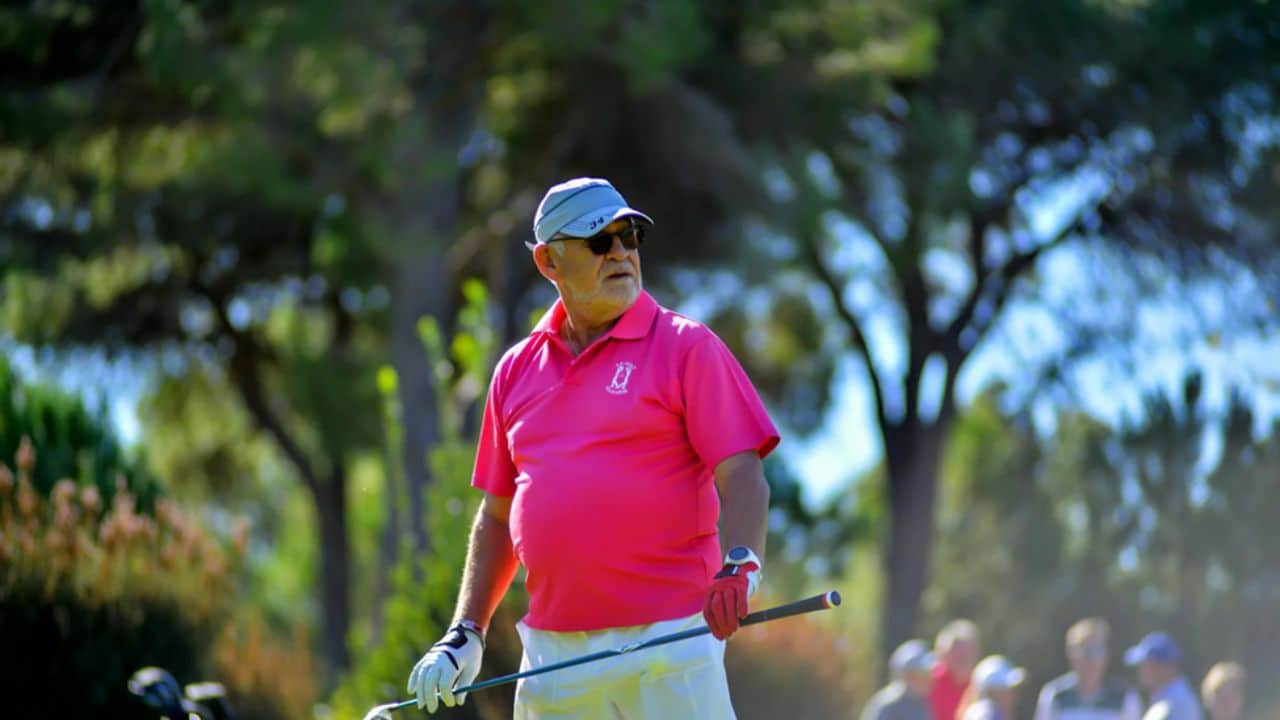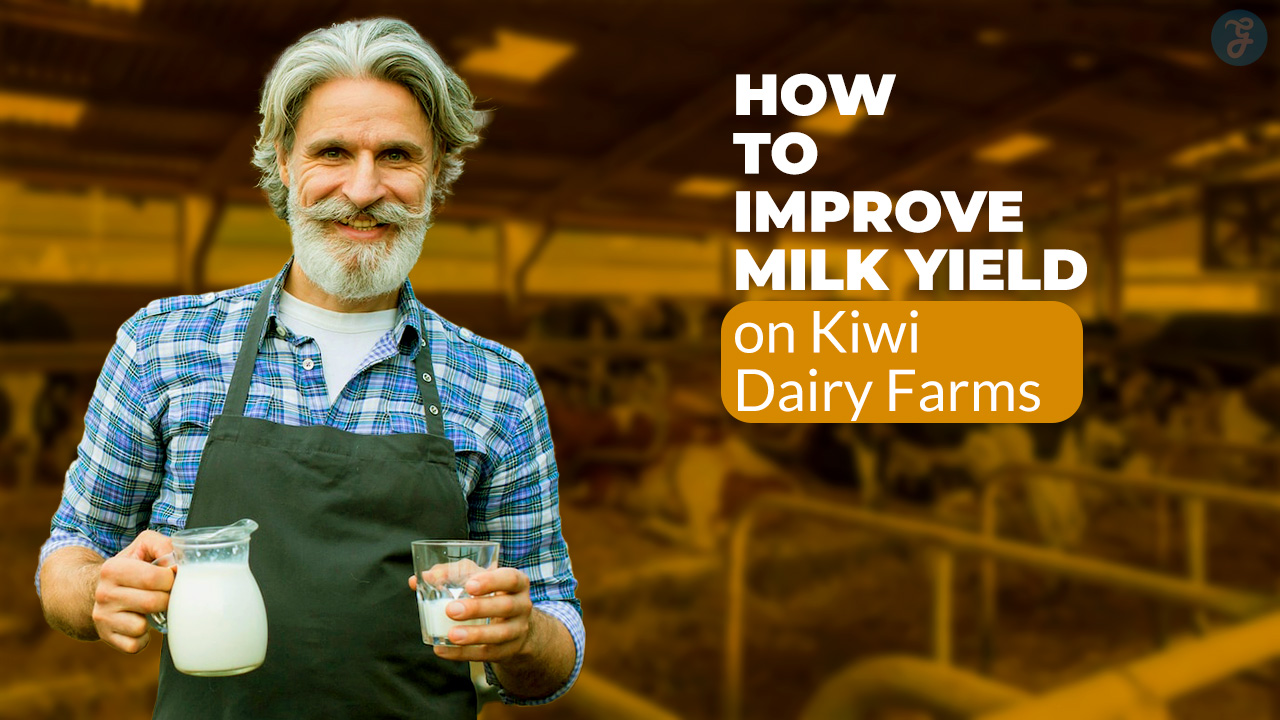Low-impact exercises and sports have revolutionized how you think about physical fitness. These activities are not just for those recovering from injuries or new to exercise—they offer effective, sustainable ways to improve your health without putting undue strain on your body. As people continue to embrace wellness as a lifestyle, these gentler yet impactful forms of activity are gaining traction.
Low-impact exercises and sports show that fitness can be about more than just pushing limits. You can move mindfully, build strength, and cultivate flexibility while reducing the risk of injury. They also demonstrate that physical activity can be enjoyable and tailored to your personal needs.
Enhancing Accessibility Through Inclusive Fitness
Low-impact exercises are highly inclusive, accommodating varying fitness levels, ages, and physical conditions, ensuring that anyone can engage and benefit.
Whether you’re a senior looking to maintain mobility or a young professional aiming to alleviate stress, low-impact exercises meet you where you are. Activities like swimming, walking, golf, and yoga allow you to adjust intensity levels to suit your needs.
By focusing on movements that minimize joint strain, these exercises are particularly beneficial for those managing chronic conditions or recovering from surgery. They provide a safe, effective way to stay active without the fear of overexertion.
Breaking Barriers to Entry
Unlike high-impact sports that may require specialized equipment or advanced skills, low-impact options are simpler to start. Activities like cycling or pilates often require minimal equipment, making them affordable and approachable. This simplicity lowers the intimidation factor and encourages consistency in your routine.
Even a brisk walk in the park can serve as a valuable workout, demonstrating that fitness doesn’t have to be complicated to be effective. For outdoor activities like golf, wearing comfortable and functional golf shirts can enhance your experience by combining movement with style.
Improving Long-Term Health Outcomes
Engaging in low-impact sports can improve cardiovascular health, enhance flexibility, and increase muscular strength without the risk of wear and tear often associated with high-intensity workouts.
For example, swimming provides a full-body workout while supporting your body weight, making it ideal for protecting your joints. Similarly, tai chi combines balance and mindfulness to promote both physical stability and mental clarity.
Many low-impact activities, such as yoga and tai chi, incorporate mindful breathing and meditative elements, which also help reduce stress and improve mental focus. When you take time for such exercises, you’re investing in your physical health and fostering emotional resilience and peace of mind.
Golf: A Classic Low-Impact Sport
Golf stands out as one of the most popular low-impact sports, offering a unique combination of physical activity, mental engagement, and social interaction. It’s a game that appeals to people of all ages and fitness levels, making it an excellent choice for anyone looking to stay active while enjoying the outdoors.
Physical and Mental Benefits of Golf
Walking the course, carrying clubs, and swinging the golf club provides a moderate cardiovascular workout that improves heart health and stamina. Golf’s repetitive motions help build muscle memory and enhance flexibility, particularly in the back, shoulders, and arms. Additionally, spending hours outdoors boosts your exposure to sunlight, increasing vitamin D levels and improving overall mood.
Golf also sharpens your mental acuity. From strategizing the best approach to a shot to calculating distances and angles, the game requires focus and critical thinking. This mental stimulation can be incredibly rewarding, keeping your mind engaged while promoting relaxation.
Social Aspects and Inclusivity
Golf is inherently social. Whether you’re playing in a competitive match or a casual round with friends, the game fosters interaction and connection. Courses often offer a welcoming atmosphere, making it easy to join groups or leagues tailored to various skill levels. This inclusivity ensures that everyone, from beginners to seasoned players, feels part of the community.
Equally important is golfing attire, a vessel of style and functionality. These garments—golf polo shirts and high-tech pants—not only meet the dress codes of many clubs but also provide comfort and ease of movement, adding to the overall experience of the sport.
Transforming Group Fitness and Social Interaction
Low-impact sports offer opportunities for meaningful social interactions and build supportive communities, making exercise a shared, enjoyable experience.
Joining a yoga class, water aerobics session, or walking group allows you to bond with others while staying active. These settings encourage camaraderie, accountability, and shared progress. The supportive environment can make sticking to your fitness goals much easier, learn from others, share experiences, and celebrate achievements together.
Cultivating Inclusivity in Sports
Team-based low-impact sports, such as doubles tennis, or rowing, provide ways to engage in physical activity without the competitive pressure of traditional high-impact sports. Wearing appropriate attire, like breathable polo shirts, can enhance comfort and performance, especially in sports like golf where functionality meets style.
These activities emphasize collaboration and enjoyment, helping you develop teamwork skills while staying active. Additionally, they create a sense of belonging and foster connections that can extend beyond the activity itself.
Embracing Mind-Body Awareness
Practices like pilates and yoga train you to focus on form and alignment, ensuring that each movement is deliberate. This attention to detail helps you build strength and flexibility while preventing injuries.
Over time, these exercises improve your posture and balance, enhancing your overall quality of life. They also teach you how to listen to your body and respond to its needs, promoting a healthier relationship with physical activity.
Building a Sustainable Routine
These exercises are gentle enough to integrate into your daily life without causing burnout, making them a cornerstone of sustainable fitness. Whether it’s a morning yoga flow or an evening walk, these habits can become an enjoyable part of your day-to-day routine, ensuring consistency and long-term success.
Driving Trends in Fitness Culture
You’ve likely seen the increased focus on low-impact workouts through fitness apps, online classes, and wellness influencers. This visibility highlights the versatility of these activities and makes them appealing to a wider audience.
The shift toward gentler fitness options reflects a cultural change in valuing health over performance. These trends also showcase how low-impact activities can be adapted to suit diverse preferences and lifestyles.
Conclusion
As more people juggle busy schedules and sedentary jobs, low-impact exercises provide an adaptable solution. Short, effective routines like a 30-minute yoga session or a quick swim fit seamlessly into your day, making it easier to prioritize your health without disrupting other commitments.
These activities prove that fitness doesn’t have to come at the cost of your well-being, and they empower you to take control of your health mindfully. By embracing these options, you can create a fitness journey that not only meets your needs but also enriches your life. They remind you that staying active is not about perfection, but about persistence and finding joy in movement.






































